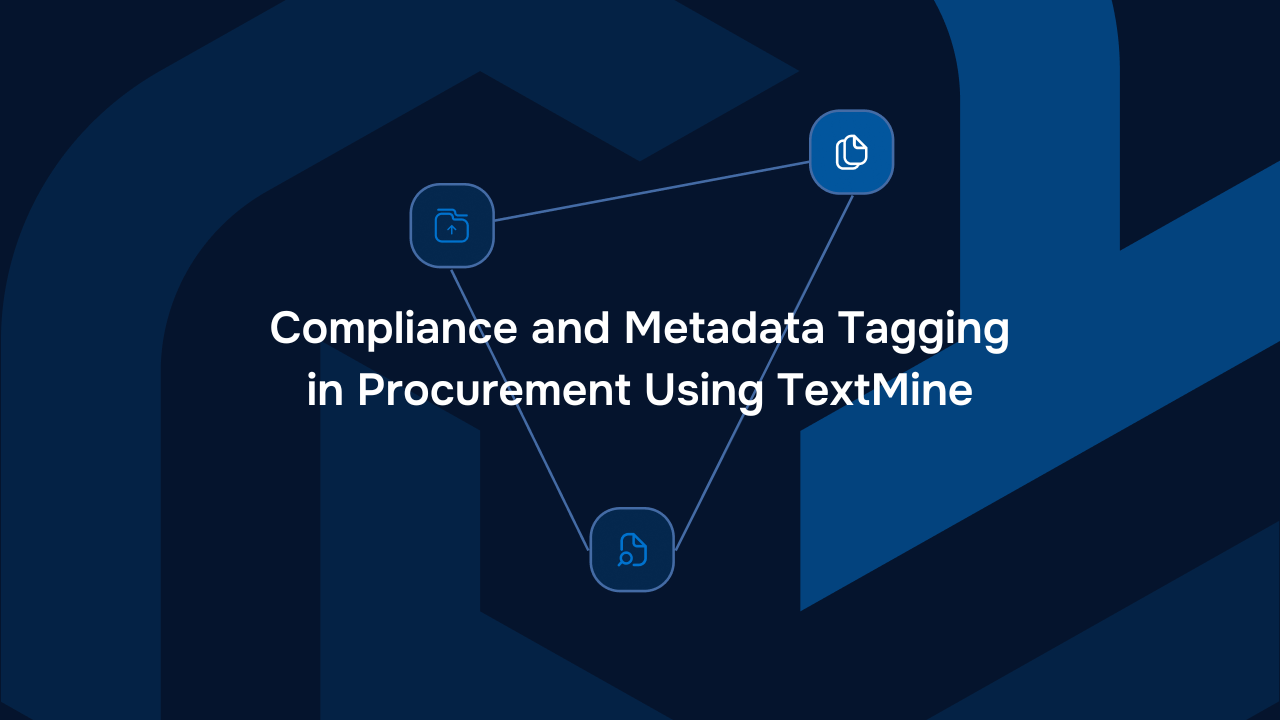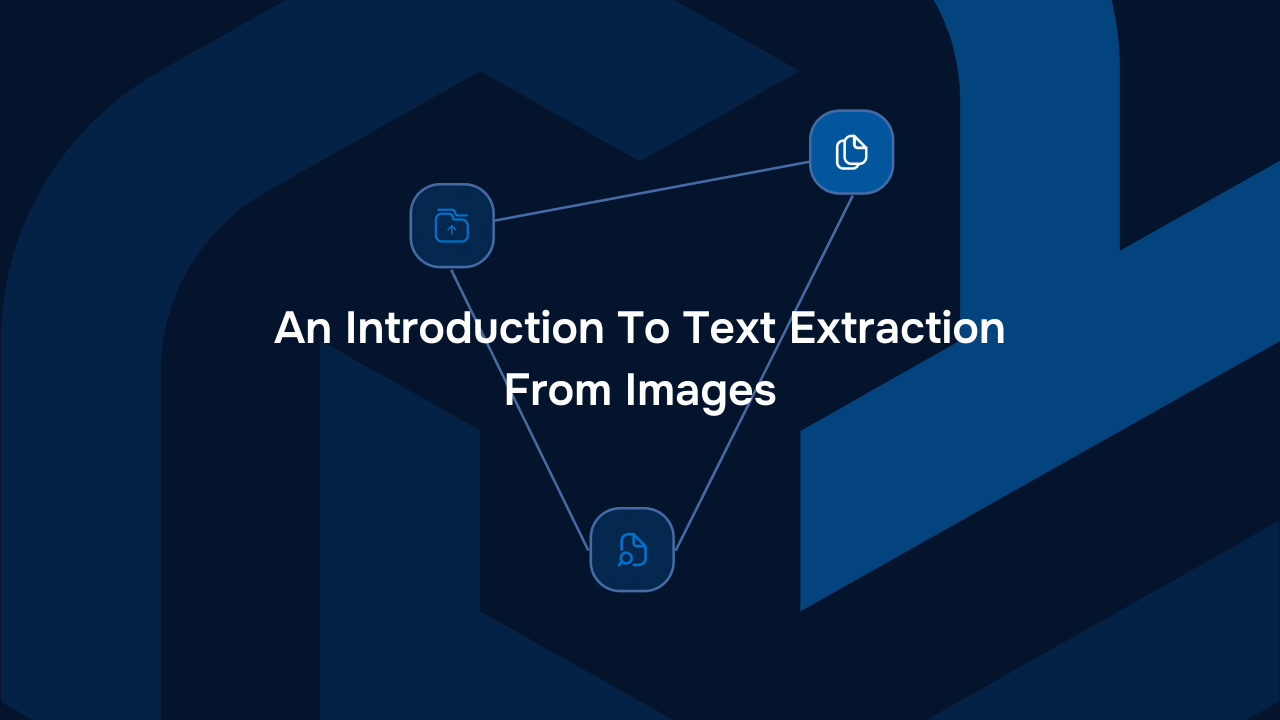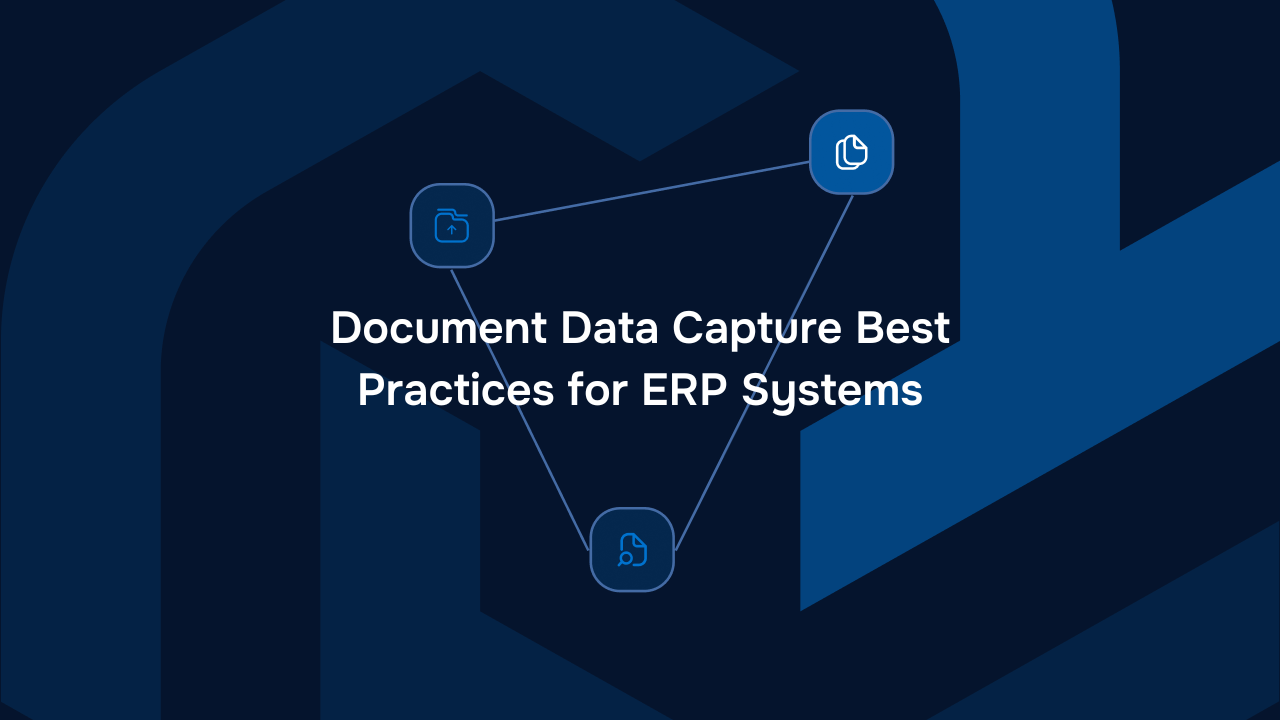An introduction to Document Data Extraction APIs


Whilst PDF documents are the industry standard electronic file format for recording and sharing snapshots of information, the underlying data remains unstructured and unusable for third party applications or workflows which process them. This is where document data extraction application programming interfaces (APIs) come in. Document data extraction APIs can be used to automatically identify, extract, and organise document information, from tables to metadata. This guide provides an introduction to document data extraction APIs, discusses their applications, and how you can start using them to make use of the data contained in your pdfs.
What Are Document Data Extraction APIs?
Document data extraction APIs are APIs which allow you to extract data from documents, An application programming interface (API) is an independent software service which can be plugged into your application to provide specific functionality. Documents are notoriously difficult to process and extract data from due to their unstructured nature which is why a number of third party providers provide document data extraction capabilities via APIs.
How Document Data Extraction APIs Work
Prior to the extraction of data from a document, there can be some preprocessing steps, like image enhancement and optical character recognition (OCR). OCR detects characters from images and documents and converts them into machine readable text. From there, the document data extraction API will use strategies to extract the data, such as text, table, metadata, and entities depending on its capabilities and focus. For example, Vault is able to extract key terms and answers to questions about business critical documents such as contracts.
What Are The Applications of Document Data Extraction APIs?
Document data extraction APIs have many practical applications ranging from finance to contract management.
Business and Document Management
In the world of business, there is seemingly endless amounts of documentation to read through and manage. Luckily, document data extraction APIs are able to accelerate the process.
Automating Data Entry and Processing
Document data extraction APIs can automatically extract essential information from a document, which removes the need for manual data entry. This can reduce errors due to human mistakes and can speed up the entire process.
Streamlining Document Workflows
Workflows which depend on manual document data extraction can be streamlined thanks to document data extraction APIs which in turn increases productivity. For example, KYC teams can onboard clients faster by leveraging APIs to review 10-K and 20-Fs.
Finance and Accounting
A large portion of finance documents such as invoices and purchase orders are processed manually which in turn can lead to payment delays.
Extracting Data from Invoices and Purchase Orders
Document data extraction APIs can increase the accuracy of purchase order processing which in turn means that POs are more accurately referenced in invoices and invoices are less likely to be rejected due to errors.
Financial Reporting and Spend Analysis
Document data extraction APIs can also help finance teams connect invoice, purchase order and contract information together which can help finance teams better understand what spend has been contracted.
Legal and Compliance
Legal and compliance use cases require a lot of manual document processing of which certain steps can be streamlined with document data extraction APIs.
Contracts post-signature need to be archived for record keeping purposes. However, businesses also need to record the metadata of the contracts so that they can be easily located in the event of a contract audit or a potential dispute.
Extracting contract metadata is typically manual, time consuming and error prone which means that businesses have a poor track record of collecting metadata for their contracts. Document data extraction APIs like Vault can accelerate this step with a high level of accuracy thanks to its advanced large language model technology.
The Benefits of Document Data Extraction APIs
Whilst businesses can try to develop their own document data extraction capabilities, there are benefits to working with pre-built document data extraction APIs.
Document data extraction APIs are built to handle a broad range of document types and variations of the type of document you are looking to process which means that they will be more robust than an API you may try to develop yourself.
Moreover, document data extraction APIs typically combine different technologies together such as OCR, NLP and AI to deliver the extracted document data which can lead to superior results.
Document data extraction APIs also offer broader functionality such as field extraction, table extraction, multilingual support and integrations which would all together take too much of your time and resources to develop yourself.
Off-the-shelf Document Data Extraction APIs
There are many off-the-shelf document data extraction APIs to choose from but it's important to pick the API which aligns with your use case and requirements.
Google Cloud Vision API
Google Cloud Platform offers Google Cloud Vision API which utilises OCR, document text detection, and image analysis to provide insights about your documents. The Vision API has also been pre trained for US specific document types such as W2s, driving licences, bank statements and payslips.
Amazon Textract
Although Amazon Textract cannot process image data, it can still perform text and data extraction. Additionally, it can identify key-value pairs, checkboxes, and any other form elements which might be present in the document.
Microsoft AI Azure Document Intelligence
Microsoft Azure’s AI Document intelligence offers similar functionality as the other APIs by pre-trained applying machine learning models to extract text, key-value pairs, tables and structures from documents.
Adobe PDF Extract API
Adobe, the creator of PDF, also offers a PDF extraction API to extract text, images and json from pdfs.

Tesseract OCR
If you are looking to build your own document data extraction, you can consider using an open source library like Tesseract OCR which is an OCR engine that supports multiple languages.
Whilst Tesseract is able to extract text from pdf documents and images, it won’t be able to perform specific extraction tasks such as answering questions about the document.
Vault
Vault is a large language model which has been fine tuned on business critical documents such as contracts, invoices, bills of lading and SOWs to perform document data extraction and question answering tasks. Unlike the other document data extraction APIs, Vault can be improved with reinforcement learning and fine tuning to respond to client requests and feedback.
Vault also offers table extraction capabilities both for answering queries about data within tables and for extracting the structure of the table. Vault is available both as a SaaS and a public API.

How to Implement Document Data Extraction APIs
Just like when building your own AI model, you need to select the right document data extraction API depending on your use case and requirements.
In order to select the right API, you need to evaluate their features, performance, cose, and ease of implementation. Moreover, you need to determine whether the API provider will fine-tune the document data extraction capabilities to your specific use case or not.
This is particularly important as the baseline accuracy for document data extraction APIs might not be high depending on the nature of the document and the specific information you are looking to extract.
Depending on your use case, you might also need the API to offer a broad range of functionality such as support for multiple document types, and recognition/extraction of data in alternative text formats (like tables or images).
Finally, you might also want to use document data extraction APIs like Vault which offer dashboard type capabilities so that your team can have a back office to very the API predictions and review the results.
About TextMine
TextMine is an easy-to-use document data extraction tool for procurement, operations, and finance teams. TextMine encompasses 3 components: Legislate, Vault and Scribe. We’re on a mission to empower organisations to effortlessly extract data, manage version controls, and ensure consistency access across all departments. With our AI-driven platform, teams can effortlessly locate documents, collaborate seamlessly across departments, making the most of their business data.

Newsletter
Blog
Read more articles from the TextMine blog


From Complexity to Clarity: Transforming Supplier Agreement Analysis with AI


Compliance and Metadata Tagging in Procurement Using TextMine


An Introduction To Text Extraction From Images





